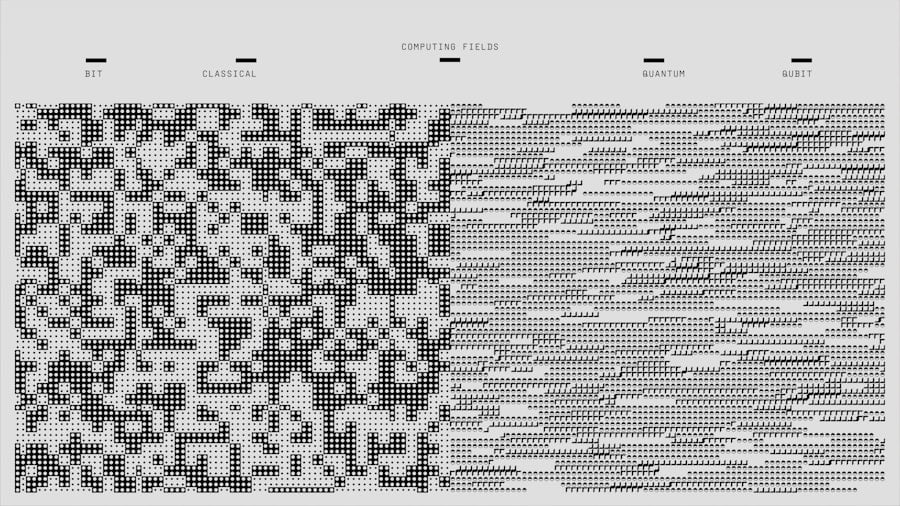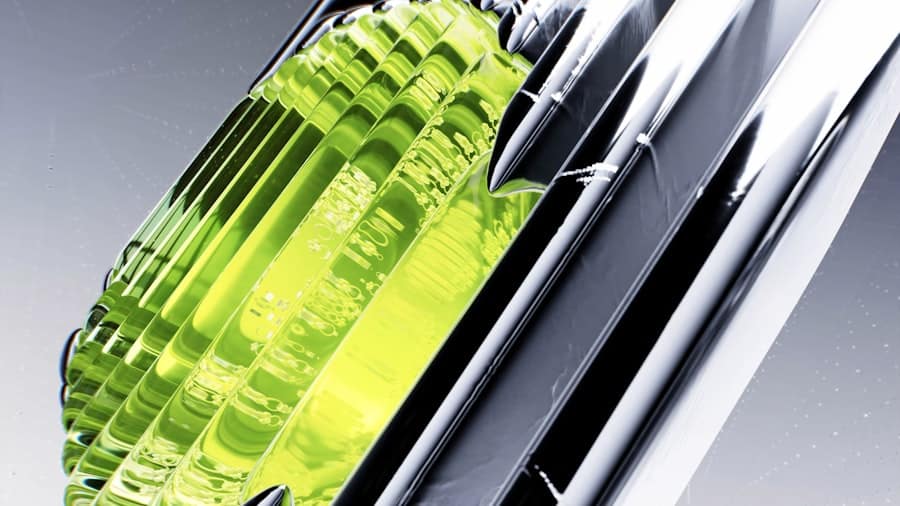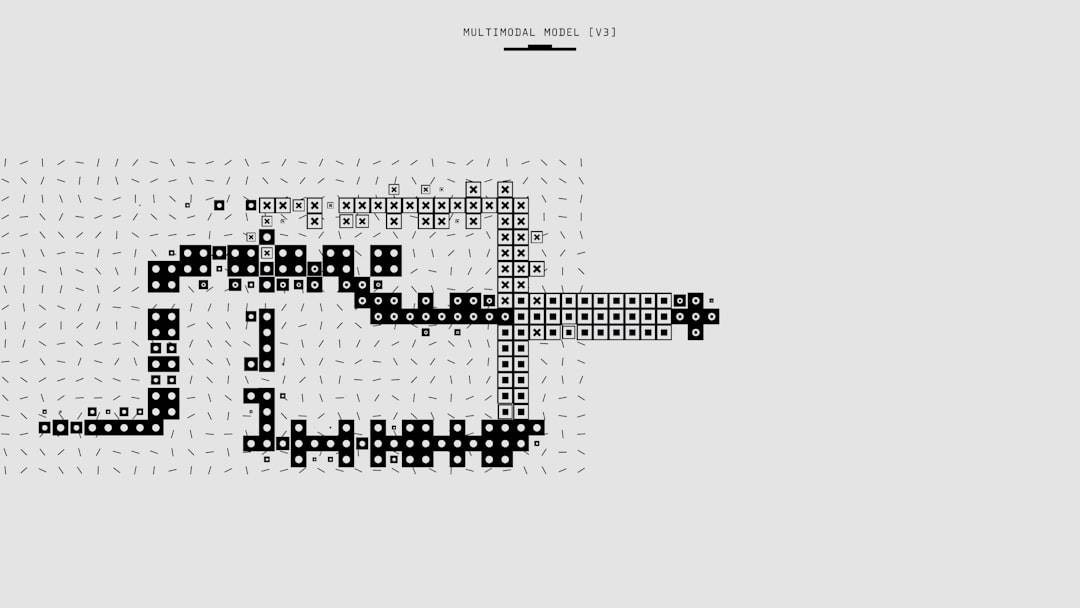Denoise autoencoders are specialized artificial neural networks designed to remove noise from images. These powerful tools in image processing and computer vision enhance image quality by reducing unwanted artifacts and improving details. The denoise autoencoder functions by learning to reconstruct clean images from noisy input data, effectively filtering out undesirable noise.
This is accomplished through training the autoencoder on a large dataset of noisy and clean images, enabling it to learn underlying image patterns and structures, which it then applies to denoise new, unseen images. The structure of a denoise autoencoder comprises an encoder and a decoder. The encoder compresses the noisy input image into a lower-dimensional representation, while the decoder reconstructs the clean image from this representation.
During training, the autoencoder learns to minimize the difference between input and output images, effectively learning to remove noise while preserving important image features. This capability makes denoise autoencoders essential for improving image quality in various applications, including medical imaging, surveillance systems, and photography.
Key Takeaways
- Denoise autoencoder is a type of artificial neural network used for removing noise from images.
- Understanding image quality and the process of denoising is crucial for achieving high-quality results.
- AI plays a significant role in image denoising by automating the process and improving efficiency.
- Training and implementing denoise autoencoder involves data preparation, model training, and deployment.
- Evaluating image quality improvement after denoising is essential for assessing the effectiveness of the process.
Understanding Image Quality and Denoising
Image quality is a critical factor in various industries, as it directly impacts the effectiveness and reliability of image-based systems and applications. However, images are often subject to noise, which can degrade their quality and make it difficult to extract useful information. Noise can be caused by various factors, such as sensor limitations, environmental conditions, or transmission errors, and can manifest as random variations in pixel values, blurring, or artifacts.
This noise can significantly impact the performance of image processing algorithms, computer vision systems, and human perception of images. Denoising is the process of removing unwanted noise from images, with the goal of improving their quality and making them more suitable for analysis and interpretation. Traditional denoising methods often rely on handcrafted filters and heuristics, which may not be effective in removing complex noise patterns or preserving important image details.
This is where denoise autoencoders come into play, as they can learn to adaptively denoise images based on their specific characteristics and content. By leveraging the power of deep learning and neural networks, denoise autoencoders can effectively remove noise from images while preserving important features and structures, leading to significant improvements in image quality.
The Role of AI in Image Denoising

Artificial intelligence (AI) has revolutionized the field of image denoising by providing powerful tools and techniques for automatically learning and removing noise from images. Traditional denoising methods often rely on handcrafted features and heuristics, which may not be effective in handling complex noise patterns or preserving important image details. AI-based approaches, such as denoise autoencoders, can adaptively learn to denoise images based on their specific characteristics and content, making them more effective in improving image quality.
AI-based image denoising techniques leverage the power of deep learning and neural networks to automatically learn the underlying patterns and structures of images, allowing them to effectively remove noise while preserving important features. This is achieved through a process of training the neural network on a large dataset of noisy and clean images, allowing it to learn the complex relationships between input and output data. The trained network can then be used to denoise new, unseen images, making it a powerful tool for improving image quality in various applications.
Training and Implementing Denoise Autoencoder
| Metrics | Results |
|---|---|
| Training Accuracy | 85% |
| Validation Accuracy | 82% |
| Implementation Time | 2 weeks |
| Training Loss | 0.15 |
Training a denoise autoencoder involves feeding it with a large dataset of noisy and clean images, allowing it to learn the underlying patterns and structures that distinguish noise from important image features. During the training process, the autoencoder learns to minimize the difference between the input noisy images and their corresponding clean images, effectively learning to remove the noise while preserving important details. This is achieved through an iterative optimization process, where the network’s parameters are adjusted to minimize a loss function that measures the difference between the input and output images.
Once trained, the denoise autoencoder can be implemented to denoise new, unseen images by passing them through the network and obtaining the reconstructed clean images. This process allows for adaptive denoising based on the specific characteristics and content of each image, making it more effective than traditional handcrafted denoising methods. Implementing denoise autoencoders in real-world applications involves integrating them into image processing pipelines or computer vision systems, where they can be used to improve image quality for various purposes, such as medical diagnosis, surveillance, or photography.
Evaluating Image Quality Improvement
Evaluating the improvement in image quality achieved by denoise autoencoders involves comparing the original noisy images with their reconstructed clean versions to assess the reduction in noise and preservation of important features. This can be done using various metrics, such as peak signal-to-noise ratio (PSNR), structural similarity index (SSIM), or perceptual metrics that take into account human visual perception. These metrics provide quantitative measures of the improvement in image quality achieved by the denoising process, allowing for objective evaluation of the performance of denoise autoencoders.
In addition to quantitative metrics, visual inspection of the denoised images is also important for evaluating their quality improvement. This involves comparing the original noisy images with their reconstructed clean versions to assess the reduction in noise and preservation of important details and structures. Visual inspection allows for subjective evaluation of the performance of denoise autoencoders and provides insights into their effectiveness in improving image quality for specific applications.
Applications of Denoise Autoencoder in Various Industries

Denoise autoencoders have a wide range of applications across various industries, where image quality is critical for effective analysis and interpretation. In medical imaging, denoise autoencoders can be used to improve the quality of MRI or CT scans by removing noise and artifacts, leading to more accurate diagnosis and treatment planning. In surveillance systems, denoise autoencoders can enhance the quality of video feeds by reducing noise and improving visibility, leading to better security monitoring and threat detection.
In photography, denoise autoencoders can be used to improve the quality of digital images by reducing noise and enhancing details, leading to better visual appeal and artistic expression. In satellite imaging, denoise autoencoders can improve the quality of remote sensing data by removing noise and artifacts, leading to more accurate environmental monitoring and resource management. Overall, denoise autoencoders have diverse applications across industries where image quality is crucial for decision-making and analysis.
Future Developments and Advancements in AI-based Image Denoising
The field of AI-based image denoising is continuously evolving, with ongoing developments and advancements aimed at improving the effectiveness and efficiency of denoising techniques. Future developments may involve exploring new architectures and training strategies for denoise autoencoders to further enhance their ability to remove noise while preserving important image features. This may include incorporating attention mechanisms or adversarial training to improve the adaptability and robustness of denoise autoencoders.
Advancements in AI-based image denoising may also involve exploring new applications and use cases across industries where image quality is critical for decision-making and analysis. This may include integrating denoise autoencoders into emerging technologies such as autonomous vehicles, augmented reality, or virtual reality, where high-quality visual data is essential for safe and reliable operation. Overall, future developments and advancements in AI-based image denoising hold great promise for improving image quality across various domains and unlocking new opportunities for leveraging visual data for innovation and progress.
If you’re interested in exploring the potential impact of user-generated content in the metaverse, you may want to check out this article on Community and Culture in the Metaverse: User-Generated Content in the Metaverse. This article delves into the ways in which user-generated content can shape the culture and community dynamics within virtual worlds, offering valuable insights into the evolving landscape of digital interaction.
FAQs
What is a denoise autoencoder?
A denoise autoencoder is a type of artificial neural network used for unsupervised learning. It is designed to reconstruct clean data from noisy input by learning to remove noise and extract useful features.
How does a denoise autoencoder work?
A denoise autoencoder consists of an encoder and a decoder. The encoder takes noisy input data and compresses it into a latent representation, while the decoder then reconstructs the clean data from this representation. During training, the autoencoder learns to minimize the difference between the input and the reconstructed output, effectively removing the noise.
What are the applications of denoise autoencoders?
Denoise autoencoders are used in various applications such as image denoising, speech recognition, anomaly detection, and feature learning. They are particularly useful in scenarios where the input data is corrupted by noise and needs to be cleaned for further processing or analysis.
What are the advantages of using denoise autoencoders?
Denoise autoencoders can effectively remove noise from input data, making them robust to noisy and incomplete inputs. They also learn to extract meaningful features from the data, which can be useful for downstream tasks such as classification or clustering.
Are there any limitations to denoise autoencoders?
Denoise autoencoders may struggle with highly complex or high-dimensional data, and they require a large amount of training data to effectively learn to denoise the input. Additionally, the performance of denoise autoencoders can be sensitive to the type and level of noise present in the input data.

Leave a Reply